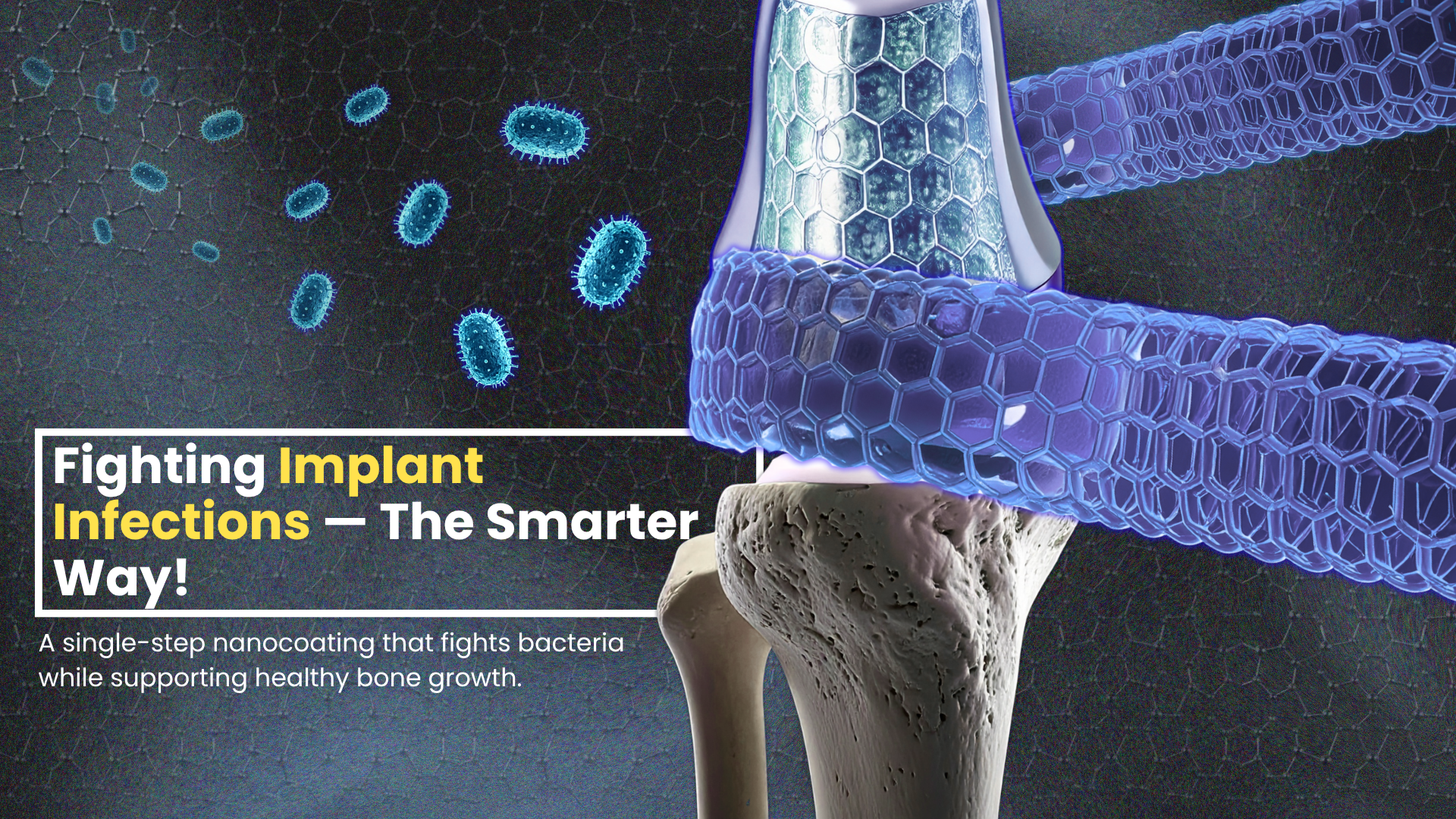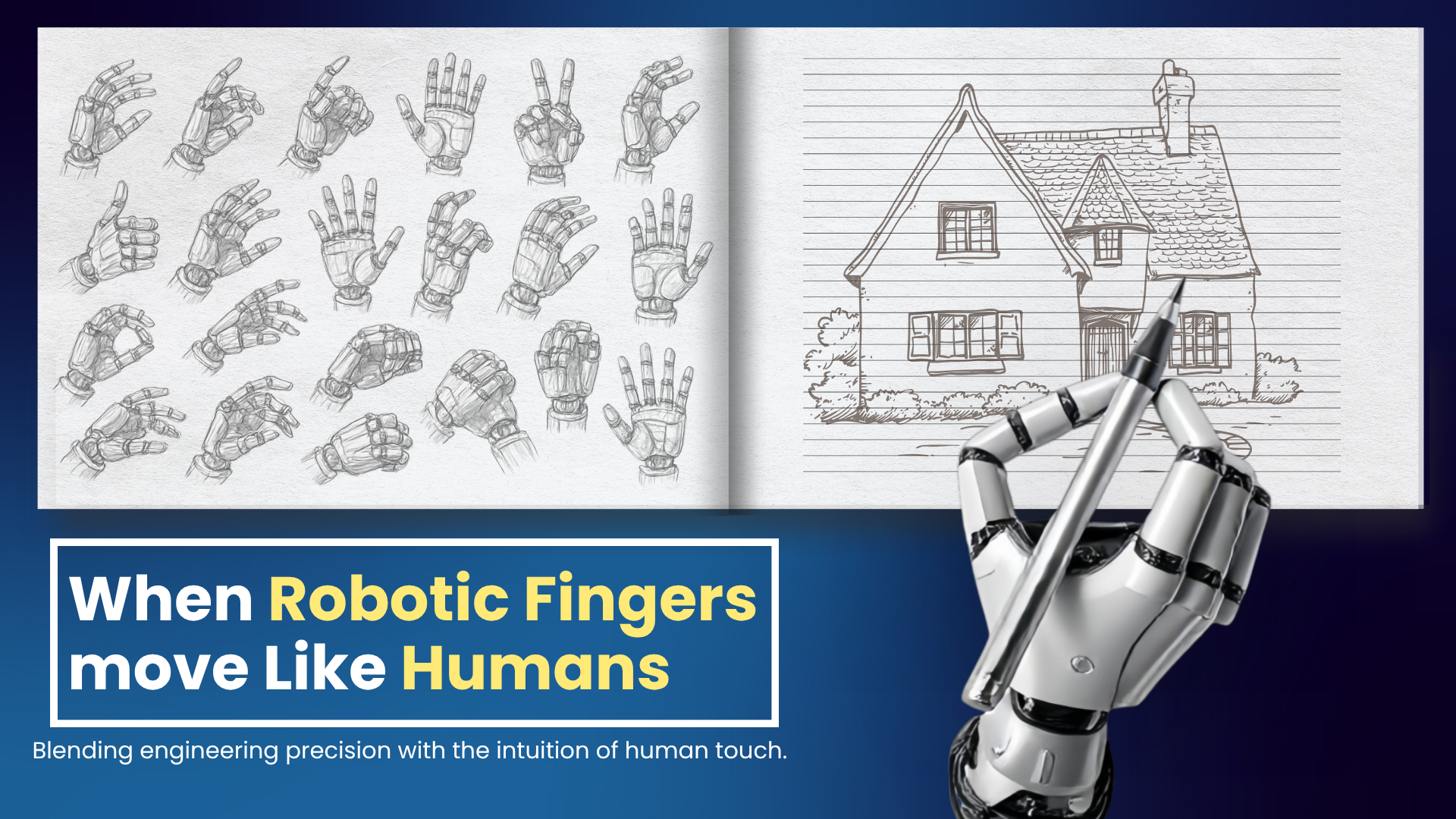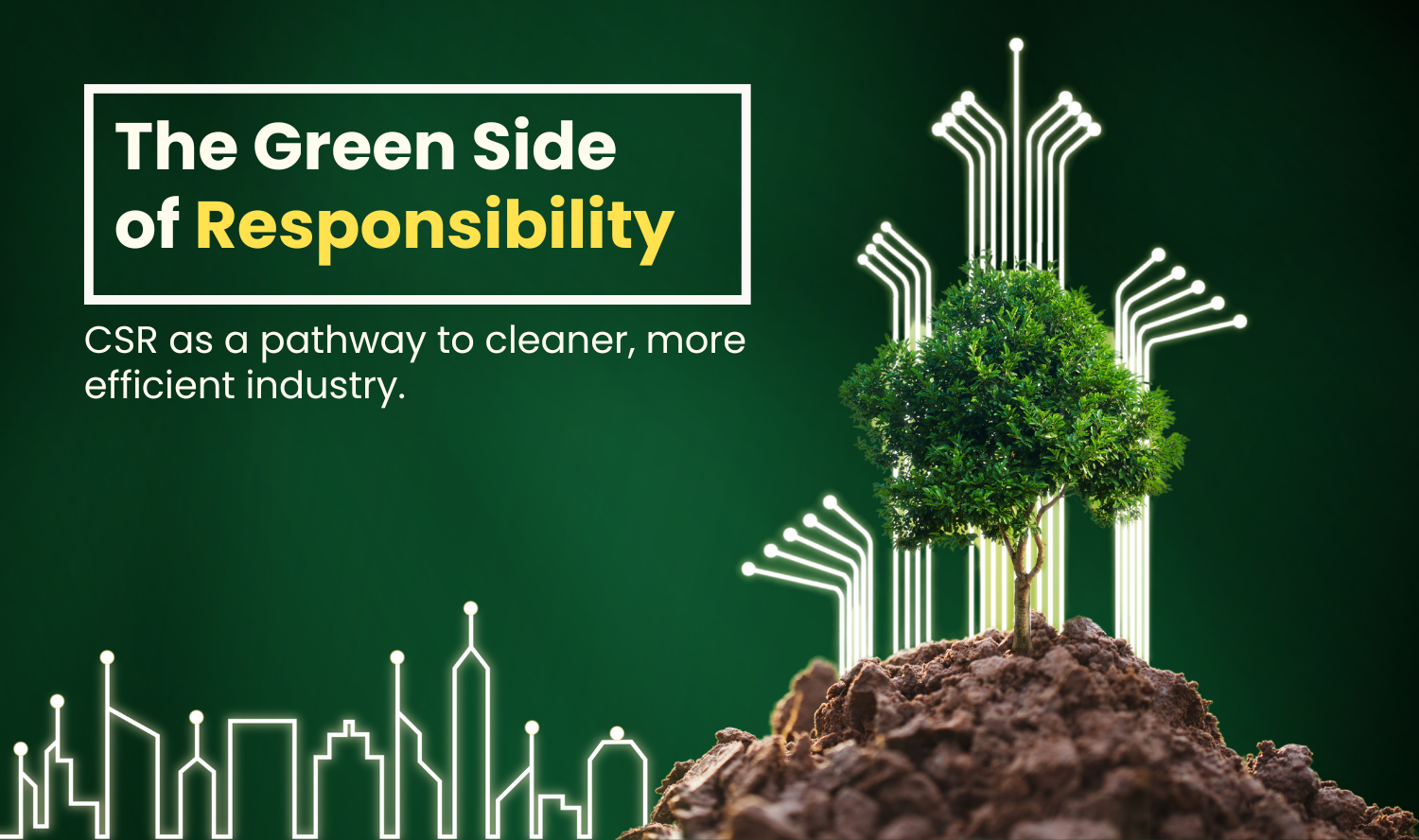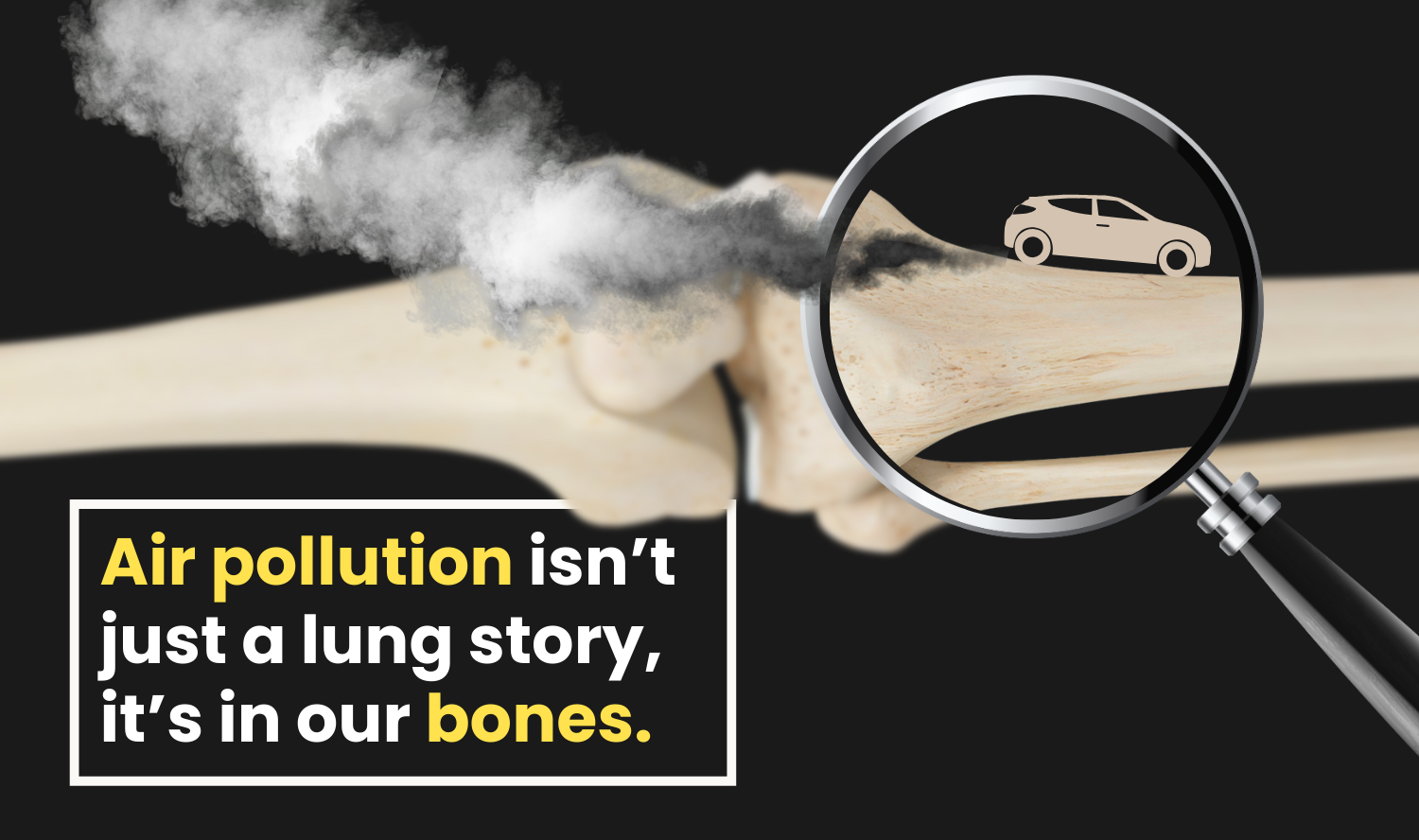
Can a ceramic be metallic? Or can a metal be ceramic? This is the special property of what are known as MAX phases ceramics, which have recently been attracting attention from researchers because of their physical, chemical, electrical, and mechanical properties, and their ability to exhibit both metallic and ceramic characteristics under various conditions. They also have high thermal and electrical conductivity, thermal shock resistance, damage tolerance, etc.
Here, ‘M’ refers to a transition metal like molybdenum, titanium, zirconium; ‘A’ refers to an element from the IIIA or IVA group of the periodic table, which includes elements like aluminium, silicon, germanium; ‘X’ refers to carbon or nitrogen.
Recently, its boride analogous, MAB phase, where ‘B’ is boron, has also started getting more attention because of its good thermal and electrical conductivities, room temperature magnetic properties, high hardness with high melting point, good oxidation, and wear resistance.
Amongst these borides, one boride stands out because of its unique properties such as high melting point, good thermal and electrical conductivities, and may prove useful for futuristic applications. This boride is WAlB, where ‘W‘ is tungsten, ‘Al’ is aluminium, and ‘B’ is boron.
WAlB has layered crystal structure, shows good tolerance and structural stability when used as the plasma-facing material in thermonuclear reactors.
Because of the advantages of WAlB, its properties must be studied in detail. However, elaborate work on the properties of WAlB is still missing.

In this study, the authors, Mr. Srijan Mondal, Dr. Chiranjit Roy, and Prof. Somnath Bhattacharyya from the Department of Metallurgical and Materials Engineering, Indian Institute of Technology Madras, Chennai, India, have unravelled the formation mechanism, thermal and oxidation stabilities of MAB phase WAlB synthesized at open atmosphere. To the best of the authors’ knowledge, such a study has never been reported so far.
The authors also seek an economical and eco-friendly route to synthesize the WAlB MAB phase, and investigate its thermal and oxidation stabilities under both inert and ambient atmospheres.
In order to synthesize WAlB, molten salt synthesis of ceramic powders is usually done. However, for this, an inert environment like argon is required. This is overcome by a method known as the molten salt shielded synthesis (MS3).
In order to reduce the synthesis temperatures, the MS3 method was further modified by using sodium chloride-potassium chloride mixture in place of potassium bromide. This altered method is termed as the modified molten salt shielded synthesis (MMS3).
In this work, pure WAlB powder was synthesized using the MMS3 method under an open atmosphere using a two-step heating profile. The stability of the WAlB phase under an inert atmosphere was found to be at a maximum of 800 ◦C, and under open air it was found to be at a maximum of 500 ◦C.
The de-aluminization of the synthesized WAlB phase to WB is the reason behind the degradation of this sample during further heating. The detailed studies of this work will be beneficial in finding suitable conditions to prevent the oxidation of WAlB particles.
Dr. Varun Natu, a scientist at CSIR-National Chemical Laboratory, Pune, India, noted the breakthrough achievements of the authors with the following comments: “WAlB, a material with a layered structure belongs to the family of MAB phases. MAB phases have been widely explored for their remarkable mechanical, electronic, magnetic and catalytic properties among several others. WAlB has been particularly interesting for nuclear shielding applications due to its theoretically predicted superior performance. However, synthesizing WAlB has traditionally proven difficult, resulting in only small crystals with low yield. Dr. Bhattacharyya’s team has made a significant breakthrough by demonstrating not only large-scale synthesis of WAlB but also a method that uses a molten salt as a sheath. This approach significantly reduces production costs and simplifies potential future scaling, making WAlB a much more viable candidate for real-world applications. I hope that the team does the nuclear shielding experiments soon and WAlB can be then deployed as cladding in nuclear reactors world-wide.”
Article by Akshay Anantharaman
Click here for the original link to the paper










